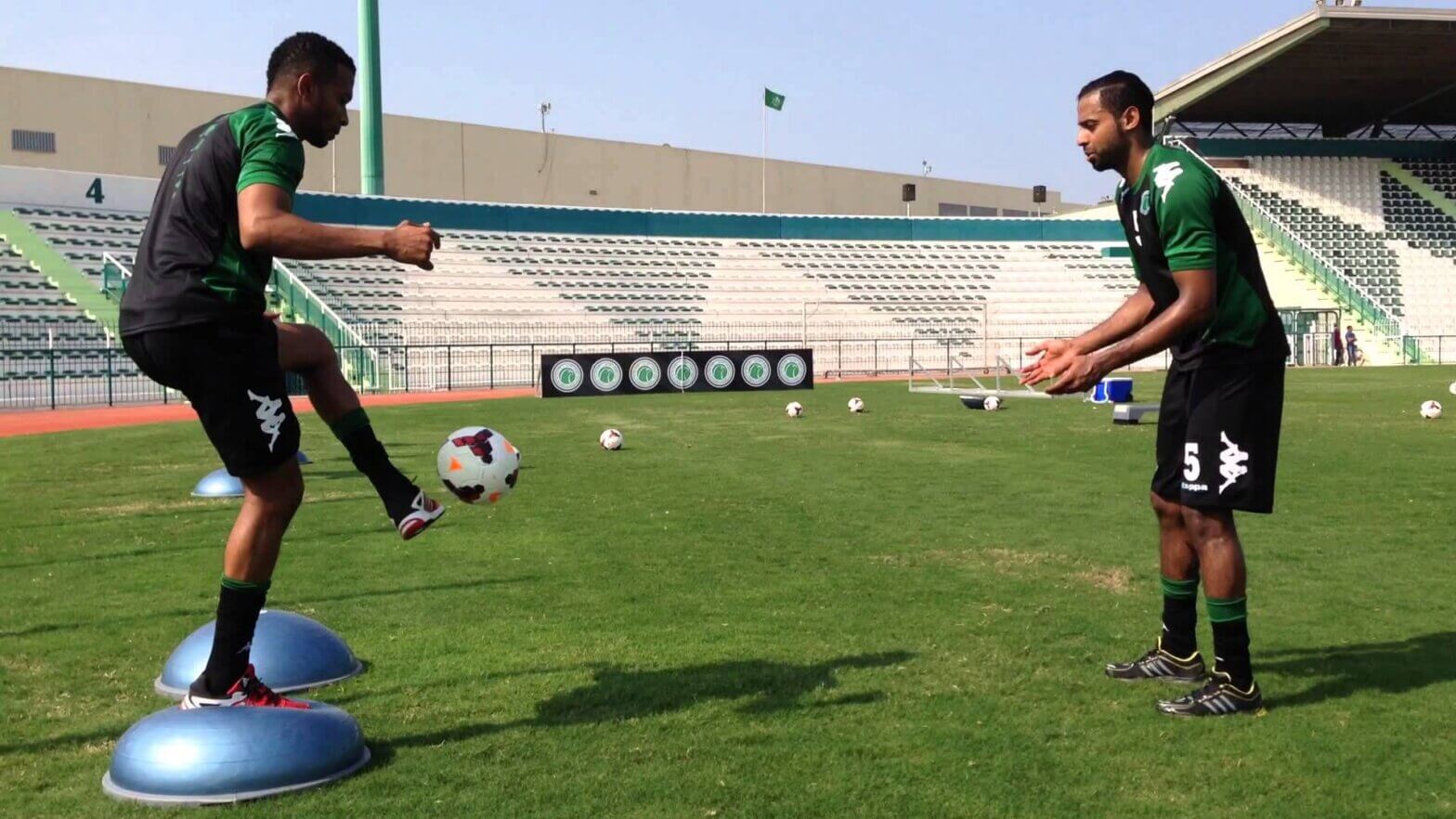Have you ever noticed your hip on one side dropping when you walk? Does this result in you looking like you are limping, waddling, or missing a step? You may be experiencing what is known as Trendlenburg gait. This is an abnormal gait pattern that is caused by weakness or paralysis of the hip abductor muscles. Learn more about Trendelenburg gait and how you can correct your walking pattern with physical therapy by reading below!
The Anatomy Behind Trendelenburg Gait
The hip is a ball-and-socket joint that allows for a wide range of mobility and stability to bear weight through the legs and walk. Although the hip is able to perform many motions, the one implicated in Trendelenburg gait is hip abduction. Hip abduction is the movement of your leg out to the side away from your body. This motion allows us to complete many everyday tasks, such getting out of the bed, getting out of the car, or performing side to side/lateral movements.
The muscles that are responsible for hip abduction are the gluteus medius, gluteus minimus, and tensor fascia latae (TFL). The gluteus medius in particular is important during walking as it helps to keep the hips level. When this muscle is weak on one side of the body, it causes the hip on the opposite side to drop. In order to compensate for this hip drop, a person will move their trunk away from the affected side. This is seen during what is known as the “stance” phase of gait, when one foot is on the ground and the other is still in the air.
Aside from general hip abductor weakness, the underlying causes of Trendelenburg gait can vary. Common causes include overuse or strain of the hip abductors or damage to the nerves that supply the hip abductors. It can also be seen following total hip replacements in which the hip abductors are cut as part of the surgical procedure.
How Can Physical Therapy Help?
Physical therapists are professionals that are trained to treat all kinds of movement impairments, including abnormal walking patterns (also known as gait deviations or dysfunctions). A physical therapist can perform a thorough evaluation to determine the cause of your Trendelenburg gait, and improve your walking and any other associated impairments. A personalized plan of care will be developed to help you reach your goals, and may include:
- Gait training. A physical therapist will observe you walking from different angles, and work with you to correct the way that you walk based on what they find. They may break walking down into multiple smaller tasks, such as weight shifting or marching in place, to retrain the gait pattern.
- Strengthening exercises. These will predominantly focus on the hip abductors, but may also involve strengthening of other muscles of the hip, knee, and ankle depending on your specific needs.
- Balance training. Improving your balance can help to improve stability while walking and reduce fall risk.
If you have noticed that you aren’t walking as you normally would due to Trendelenburg gait or another gait deviation, physical therapy can help. Call Respire Physical Therapy at (703) 671-1871 or click here to schedule your initial evaluation and improve your walking today!
Tags: hip weakness, arlingtonva, alexandriava, muscle imbalance, fallschurchva, Physical Therapy, gait training, Respire Physical Therapy, hip drop, physical therapist, trendlenburg gait, balance training, Fall Risk, Balance



